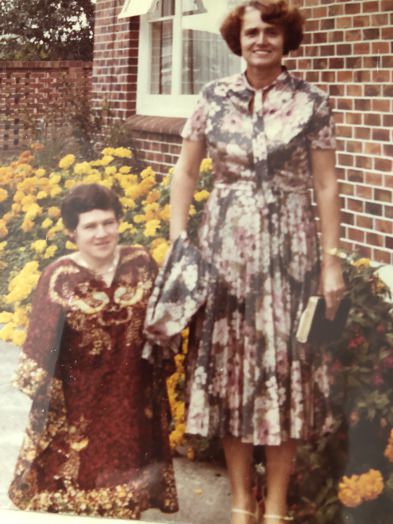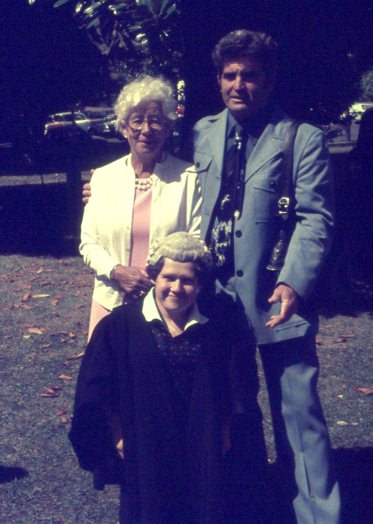
I remember with a grateful heart Barbara Mary Muir, my loving mother, whose influence in my life will never be forgotten and can never be replaced.
Praise the Lord who chose Barbara Mary as my mother.
Although my life started with grim predictions of an early demise followed by two years of institutional care, I’m thankful mom didn’t reciprocate my rejection of her when she visited. When it was time for my discharge, I rejoice that she brought me home and did not relinquish me to foster care.
Want to subscribe to receive blog updates sign up today!
If my mother had not expected the same from me as my average-size siblings—obedience, chores, and good grades—I would have grown up dependent, weak, and frustrated. In treating me according to age not size, she disciplined me when necessary and stood up to strangers who censured her for doing so in public. She offset the actions of relatives who favored me, especially elderly aunts who gave me more money than my brother and sister. On our drive home, mom insisted that I share it with them.
I’m thrilled my mother instilled a love of books and reading and always attended parent-teacher conferences to ensure satisfactory progress. She stressed the importance of education and supported me all the way to graduation from law school. My spiritual education was attended in Sunday School, church, and Bible reading.
Appreciation is due for mom’s instruction on how to live in a world which taunts those with differences. How empowering it is to understand words ignored cannot harm and smiles are stronger than scowls.
I’m glad my mother managed medical needs without (1) parading me before endless doctors; (2) overexposing me to radiation with countless x-rays for research purposes; or (3) trying useless remedies like calcium tablets, stretching, or hormones.
I’m delighted mom taught me how to be independent. She allowed me to go to kids camps and, at 15, to take a train for 300 miles to visit a girlfriend for a week.
In her quest for me to have fun like the other kids, she tried to get me a fast ride on a handheld surf board. Instead, I was dumped onto the sand when three waves piled on top of each other. My board went flying, my bathing cap was swished off, and I rode in on the bottom of the ocean floor with my feet facing their soles to the sun. Mom expected a torrent of fury when I surfaced. All we could do was laugh.
My joy is in knowing my mother’s generosity; hospitality; service to people in need; love of flower gardens, travel, theater, music, and vacations has spilled over into how I live my life. My regret is that mom took her last breath the day after Mother’s Day at age 45. Although I was not ready to say goodbye at age 26, I do not grieve like those who have no hope. I share my mother’s faith that we will meet again on the Day of the LORD. (1 Corinthians 15:51-57; 1 Thessalonians 4:13-17.)
This post is based on Chapters 1 and 2—’Understood’ and ‘Educated’—in Dwarfs Don’t Live in Doll Houses. Email angela@angelamuirvanetten.com to qualify for a new and free autographed print of this book when purchased with Pass Me Your Shoes or Always an Advocate for only $10 a piece. Click on https://angelamuirvanetten.com for details on this dwarfism memoir trilogy and subscription to my weekly blog.









